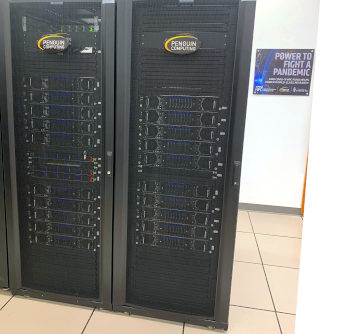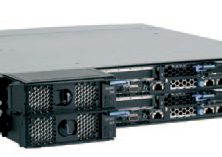SciNet is Canada’s largest supercomputing centre, and we run and make available a range of computing resources for Canadian researchers and innovators. Below are a description of the systems, and links to find out more.
More technical information and the system status can be found on the SciNet documentation wiki.






